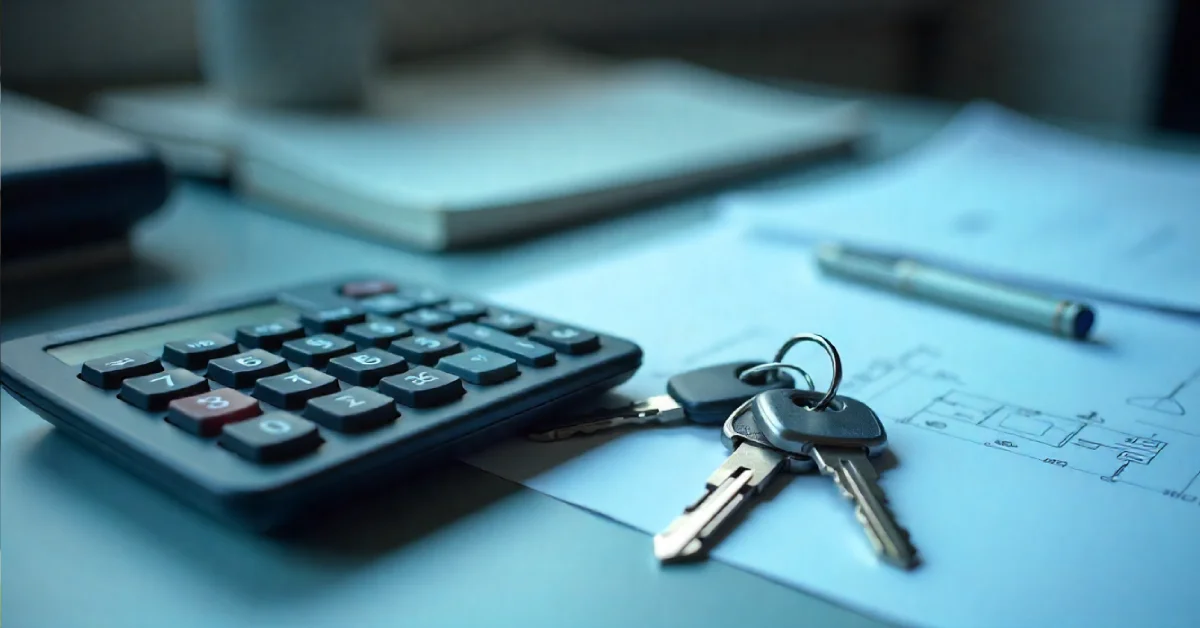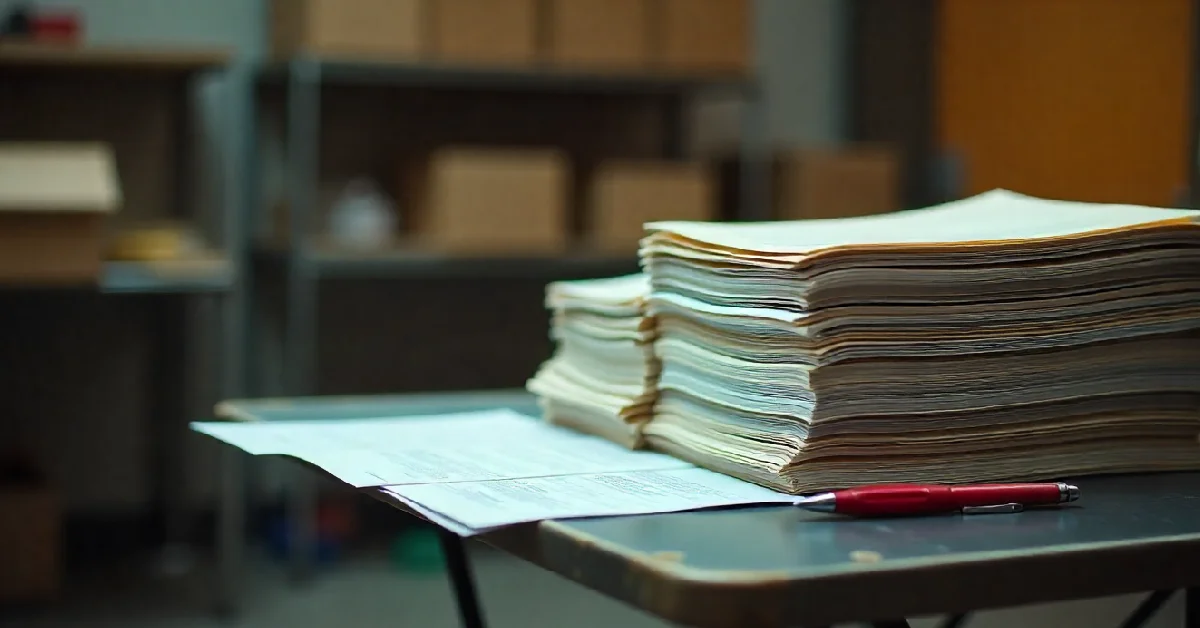You’re trying to work out what first home buyer grants are available in NSW and which ones you can actually use. Between state schemes, federal programs, and eligibility requirements that seem to change regularly, it’s easy to feel overwhelmed before you’ve even started house hunting.
- Quick Summary — Which NSW Grants and Schemes Apply to First Home Buyers?
- Who Qualifies for First Home Buyer Grants in NSW? — Eligibility Checklist
- First Home Owner Grant (FHOG NSW) — What It Is and How It Works
- First Home Buyer Assistance Scheme (Stamp Duty Exemptions & Concessions) — How Much You Can Save
- Federal Home Guarantee Scheme & Other Deposit Assistance — Low-Deposit Options Explained
- How to Apply — Step-by-Step Process, Forms & Timelines
- Applying with a Conveyancer or Solicitor — What They Will Do for You
- Timelines & Common Delays — Typical Processing Times and How to Avoid Rejections
- Real-World Examples — Three Scenarios with Estimated Savings
- Common Pitfalls, Compliance & Things to Watch
- FAQs
This guide gives a clear, step-by-step view of each scheme, who’s eligible, how much you could save, and exactly how to apply. We’ll break down the real numbers, show you practical examples, and give you a checklist you can use right now to see what you qualify for.
No jargon, no confusion – just the facts you need to make informed decisions about your first home purchase.
Quick Summary — Which NSW Grants and Schemes Apply to First Home Buyers?
Three main programs can help NSW first home buyers reduce upfront costs and deposit requirements:
- First Home Owner Grant (FHOG) provides $10,000 for eligible new homes, off-the-plan purchases, or substantially renovated properties. This is a direct cash grant that goes toward your purchase costs.
- First Home Buyer Assistance Scheme offers stamp duty exemptions and concessions on both new and established properties. Full exemptions apply to homes up to $800,000, with concessional rates for properties between $800,001 and $1,000,000. Vacant land has separate thresholds.
- Federal Home Guarantee Scheme (including First Home Guarantee) helps eligible buyers purchase with deposits as low as 5% by reducing lenders’ mortgage insurance requirements. This is administered through participating lenders with limited annual places.
Each program targets different buyer situations. If you’re building or buying new, you might access both the FHOG and stamp duty savings. Existing home buyers can still benefit from duty concessions and potentially federal guarantees. Low-deposit buyers should explore guarantee schemes alongside state benefits.
The key is understanding which combinations apply to your specific purchase and price range.
Who Qualifies for First Home Buyer Grants in NSW? — Eligibility Checklist
Use this checklist to quickly assess your eligibility across NSW first home buyer programs:
Personal Requirements:
- Australian citizen or permanent resident, aged 18 or over
- First home buyer (you and your partner haven’t owned property anywhere in Australia)
- Must occupy the property as your principal place of residence
- Joint purchasers: at least one applicant must meet all eligibility tests
Property Requirements:
- New homes, off-the-plan, or substantially renovated properties (for FHOG)
- New or established homes (for stamp duty assistance)
- Vacant land for building a home (separate thresholds apply)
- Property value must fall within scheme limits (see detailed sections below)
Occupancy Requirements:
- Live in the property for at least 12 months continuously after settlement
- Cannot be purchased for investment purposes
Exclusions:
- Company or trust purchases don’t qualify
- Investment properties are ineligible
- Previous property ownership anywhere in Australia disqualifies applicants
Always confirm your specific situation using the official eligibility checker on the Revenue NSW website, as individual circumstances can affect qualification.
First Home Owner Grant (FHOG NSW) — What It Is and How It Works
The FHOG provides $10,000 for eligible first-home buyers purchasing new homes in NSW. This grant applies to newly constructed homes, off-the-plan apartments, house and land packages, and properties that have been substantially renovated.
“New” means the home has never been occupied or sold as a place of residence. Off-the-plan purchases qualify, provided you’re the first residential purchaser. For substantially renovated properties, improvements must exceed 50% of the property’s pre-renovation value.
You can apply for FHOG from contract exchange through to 12 months after settlement. The grant is typically paid at settlement and can be assigned to your lender to reduce the loan amount.
Evidence requirements include your signed contract of sale, proof of Australian citizenship or permanent residency, and relevant building certificates or completion notices for new constructions.
Application Essentials — Forms, Evidence, and Timing
Gather these documents before applying:
- Photo identification (driver’s licence or passport)
- Proof of Australian citizenship or permanent residency
- Signed contract of sale or building contract
- Occupancy certificate or practical completion certificate
- Bank account details for grant payment
Apply through the Service NSW online portal or in person at Service NSW centres. Processing typically takes 10-15 business days for complete applications.
Submit your application as early as possible after the contract exchange. While you have 12 months post-settlement, early applications avoid delays that could impact settlement timing.
First Home Buyer Assistance Scheme (Stamp Duty Exemptions & Concessions) — How Much You Can Save
NSW’s stamp duty assistance offers the biggest potential savings for most first home buyers. Full exemptions apply to homes valued up to $800,000, while concessional rates apply to properties between $800,001 and $1,000,000.
For vacant land purchases, a full exemption applies up to $350,000, with concessional rates for land valued between $350,001 and $450,000.
These benefits apply automatically when you purchase an eligible property as a first home buyer – your solicitor or conveyancer claims the concession at settlement. Unlike FHOG, this assistance applies to both new and established properties.
The scheme can save thousands compared to full stamp duty rates. Properties over the concessional thresholds pay standard duty rates.
Simple Stamp Duty Examples
Example 1: $700,000 established home
- Standard stamp duty: $26,765
- First home buyer pays: $0
- Total saving: $26,765
Example 2: $900,000 new home
- Standard stamp duty: $35,765
- Concessional rate applies: approximately $18,000
- Saving: approximately $17,765
Example 3: $300,000 vacant land
- Standard stamp duty: $8,990
- First home buyer pays: $0
- Total saving: $8,990
Use the official Revenue NSW duty calculator for exact figures based on your specific purchase price and circumstances.

Federal Home Guarantee Scheme & Other Deposit Assistance — Low-Deposit Options Explained
The Home Guarantee Scheme helps eligible first home buyers purchase with deposits as low as 5% by providing a government guarantee to participating lenders. This reduces or eliminates lenders’ mortgage insurance (LMI) requirements.
The scheme includes several guarantee types, with the First Home Guarantee being most relevant for first-time buyers. Places are limited and allocated annually through participating lenders, including major banks and some non-bank lenders.
Unlike NSW state grants, this is a federal program with separate eligibility criteria and income caps. The guarantee doesn’t provide cash up front but enables borrowing with smaller deposits.
Regional price caps typically allow higher borrowing limits than metropolitan areas. Check current caps as they’re reviewed annually.
Who Should Consider a Guarantee vs Saving a Larger Deposit?
Guarantees suit buyers who can service larger loans but struggle with deposit requirements. Consider if you have a stable income, job security, and can comfortably meet repayments on a higher loan amount.
The main advantage is entering the market sooner with less upfront cash. Potential downsides include higher loan amounts, less equity buffer, and possible budget stress if rates rise.
Speak with mortgage brokers or participating lenders about whether guarantee schemes suit your financial situation. Some buyers benefit more from waiting and saving larger deposits to reduce long-term borrowing costs.
How to Apply — Step-by-Step Process, Forms & Timelines
Follow this process to access NSW first home buyer benefits:
- Confirm eligibility using Revenue NSW and Service NSW online eligibility tools
- Gather required documents (identification, contracts, citizenship proof, building certificates)
- Apply for FHOG via the Service NSW portal within 12 months of settlement
- Claim stamp duty assistance through your solicitor or conveyancer at settlement
- For federal guarantees, check with participating lenders and reserve your place early
Start the process as soon as you have a signed contract. Some benefits require early application to avoid settlement delays.
Applying with a Conveyancer or Solicitor — What They Will Do for You
Your conveyancer or solicitor handles stamp duty concession claims automatically as part of the conveyancing process. They’ll verify your eligibility, complete required forms, and ensure correct duty calculations at settlement.
For FHOG applications, you must apply directly through Service NSW. Your conveyancer can provide supporting documents, but cannot apply on your behalf.
Timelines & Common Delays — Typical Processing Times and How to Avoid Rejections
FHOG applications typically process within 10-15 business days for complete submissions. Incomplete applications or missing documents cause most delays.
Stamp duty concessions apply automatically at settlement when eligibility requirements are met. Revenue NSW may review claims after settlement.
Avoid rejections by double-checking eligibility requirements, providing clear copies of all documents, and ensuring accurate information on application forms. Keep detailed records of your application and supporting evidence.
Real-World Examples — Three Scenarios with Estimated Savings
Case A: New Build $700,000 Purchase price: $700,000 (new construction)
- FHOG benefit: $10,000
- Stamp duty exemption: $26,765
- Total estimated saving: $36,765
This buyer accesses both major NSW benefits by purchasing a newly built home under the duty exemption threshold.
Case B: Established Home $900,000 Purchase price: $900,000 (existing property)
- FHOG benefit: Not available (established home)
- Concessional stamp duty: approximately $18,000 (saving ~$17,765)
- Total estimated saving: $17,765
This buyer saves significantly on stamp duty despite purchasing an established property above the full exemption threshold.
Case C: Vacant Land $320,000 + Build Land purchase: $320,000
- Stamp duty exemption on land: $9,640
- FHOG when building is completed: $10,000
- Total estimated saving: $19,640
This buyer benefits from land duty exemption immediately, then accesses FHOG once construction completes.
All examples use approximate figures. Use official Revenue NSW calculators and current thresholds for exact savings calculations.
Common Pitfalls, Compliance & Things to Watch
Revenue NSW actively monitors compliance with grant and concession conditions. Common mistakes that trigger penalties or benefit recovery include:
- Occupancy violations: Renting out the property or not living there for the required 12-month period after settlement results in full benefit recovery plus penalties.
- Incorrect declarations: Providing false information about first home buyer status, intended use, or residency leads to serious consequences, including prosecution.
- Inappropriate structures: Using company or trust purchases instead of individual names makes applications ineligible.
- Missing application windows: FHOG applications must be submitted within 12 months of settlement. Late applications are rejected.
Keep detailed records of your occupancy, including utility bills, electoral roll registration, and other evidence of residence. Revenue NSW can request proof of compliance years after your purchase.
If Your Claim Is Refused — Immediate Next Steps
Contact Revenue NSW immediately if your application is refused or benefits are questioned. You typically have 60 days to lodge objections or provide additional information.
Common resolution steps include providing missing documentation, correcting minor errors, or clarifying eligibility circumstances. Seek professional advice if complex issues arise or penalties are imposed.
Don’t ignore Revenue NSW correspondence, as this can escalate penalties and limit your appeal options.

FAQs
Can I get FHOG if I buy off-the-plan?
Yes, off-the-plan purchases qualify for FHOG provided you’re the first residential purchaser and meet all other eligibility requirements.
Do I need to live in the home to keep the grant?
Yes, you must occupy the property as your principal place of residence for at least 12 months continuously after settlement. Failure to comply requires grant repayment plus penalties.
How long after settlement can I apply for FHOG?
You have 12 months from settlement to submit your FHOG application. Earlier applications help avoid potential delays.
Can my parents help with the deposit and still qualify?
Yes, family assistance with deposits doesn’t affect eligibility, provided you meet all other requirements, including the ability to service the loan.
What happens if I sell within the first year?
Selling before completing the 12-month occupancy requirement typically requires repaying received benefits plus penalties, unless exceptional circumstances apply.
Are there income limits for NSW schemes?
NSW state schemes (FHOG and stamp duty assistance) don’t have income limits, but federal guarantee schemes do include income caps that vary by location and household size.
The main first home buyer grants NSW options are FHOG for new homes, stamp duty concessions and exemptions for eligible purchases, and federal guarantee schemes for low deposits. Check your eligibility first using official NSW eligibility tools, and speak with your lender or conveyancer before signing any contracts.
Start by using the NSW Home Buyer Assistance Finder and Service NSW application portal to confirm which benefits apply to your situation. Bookmark this guide and save the case study example that matches your purchase plans – you’ll need the information when you’re ready to apply.
Karen Mitchell has buyer and investor experience across Sydney and Melbourne, providing practical steps and examples based on NSW government guidance.






